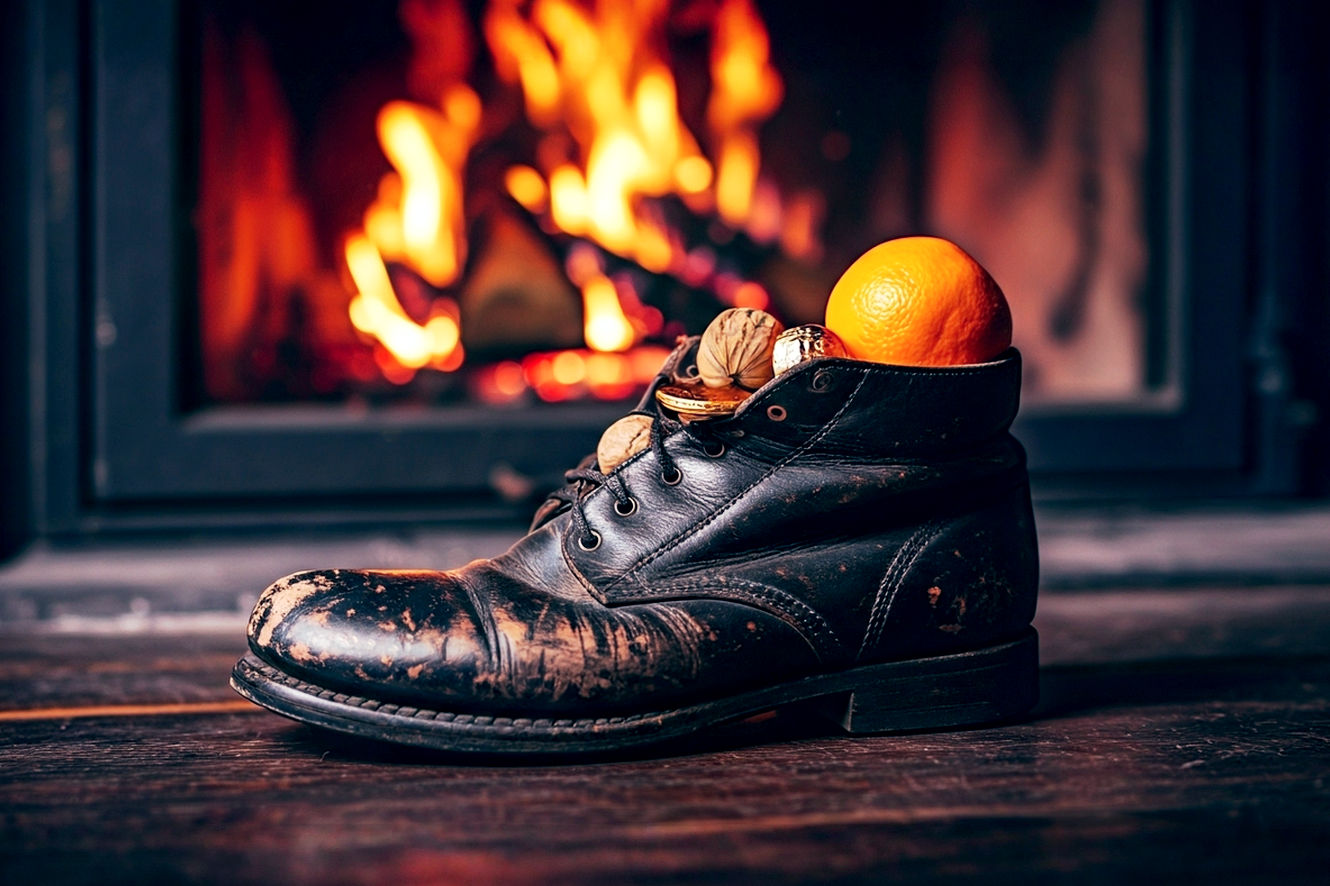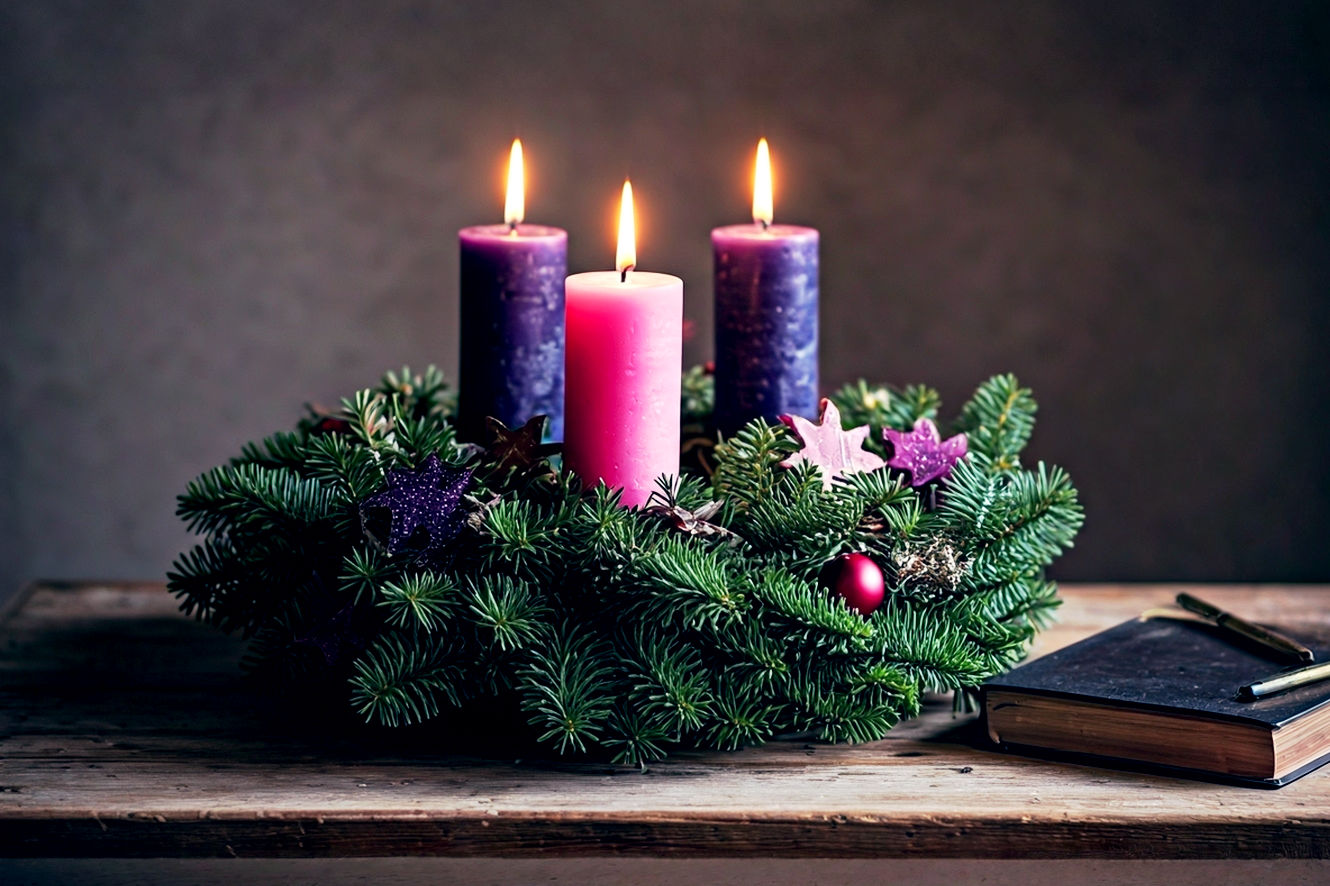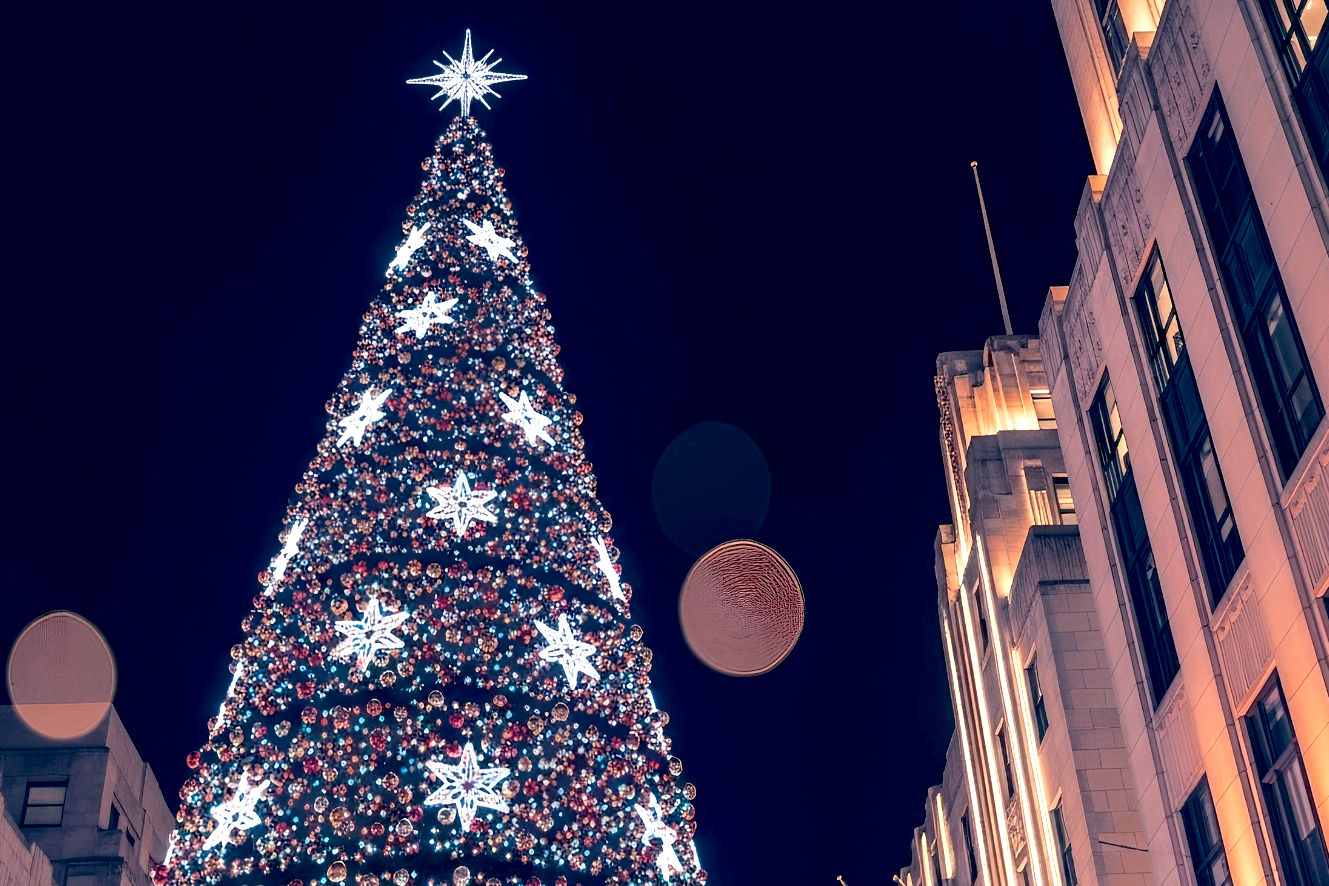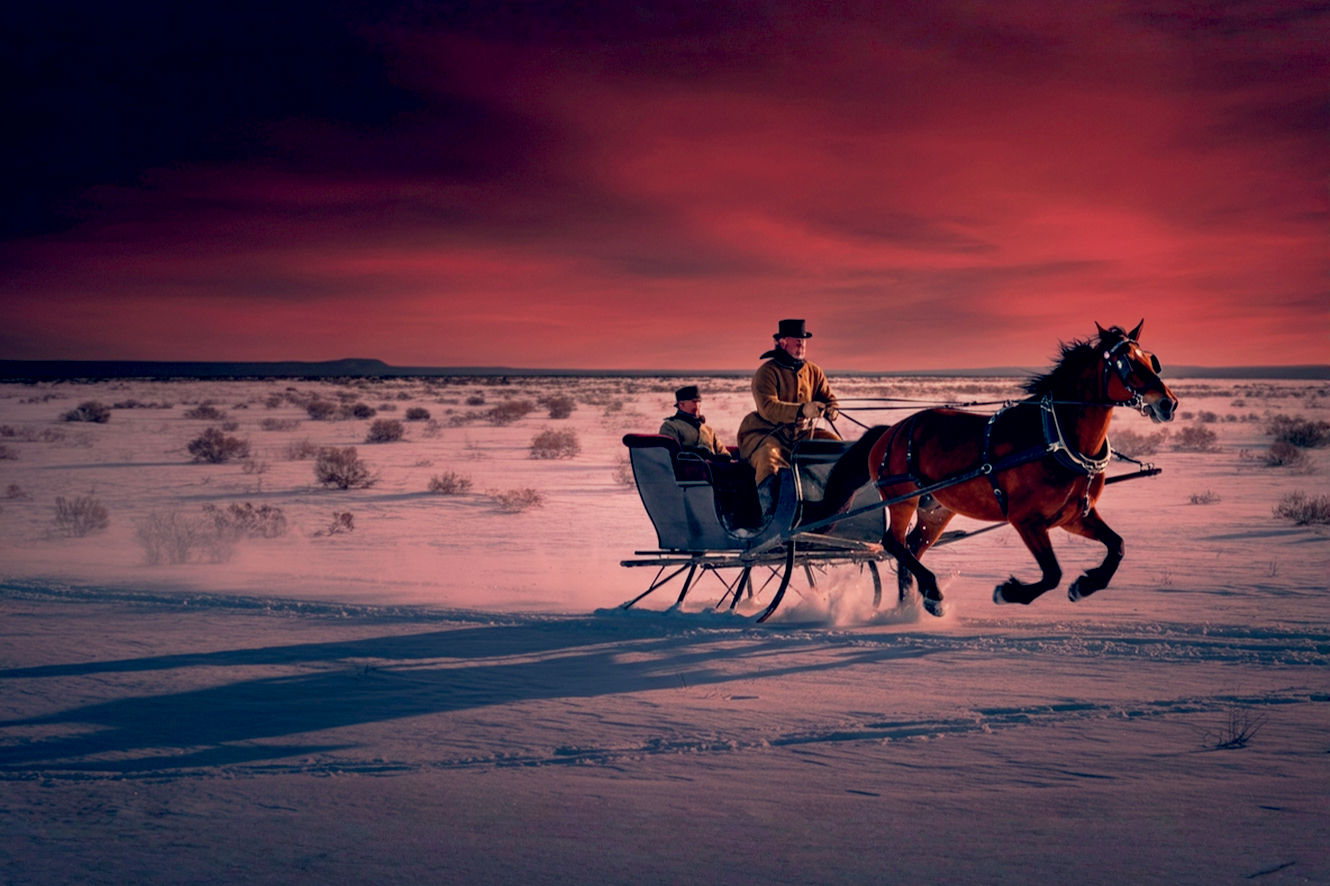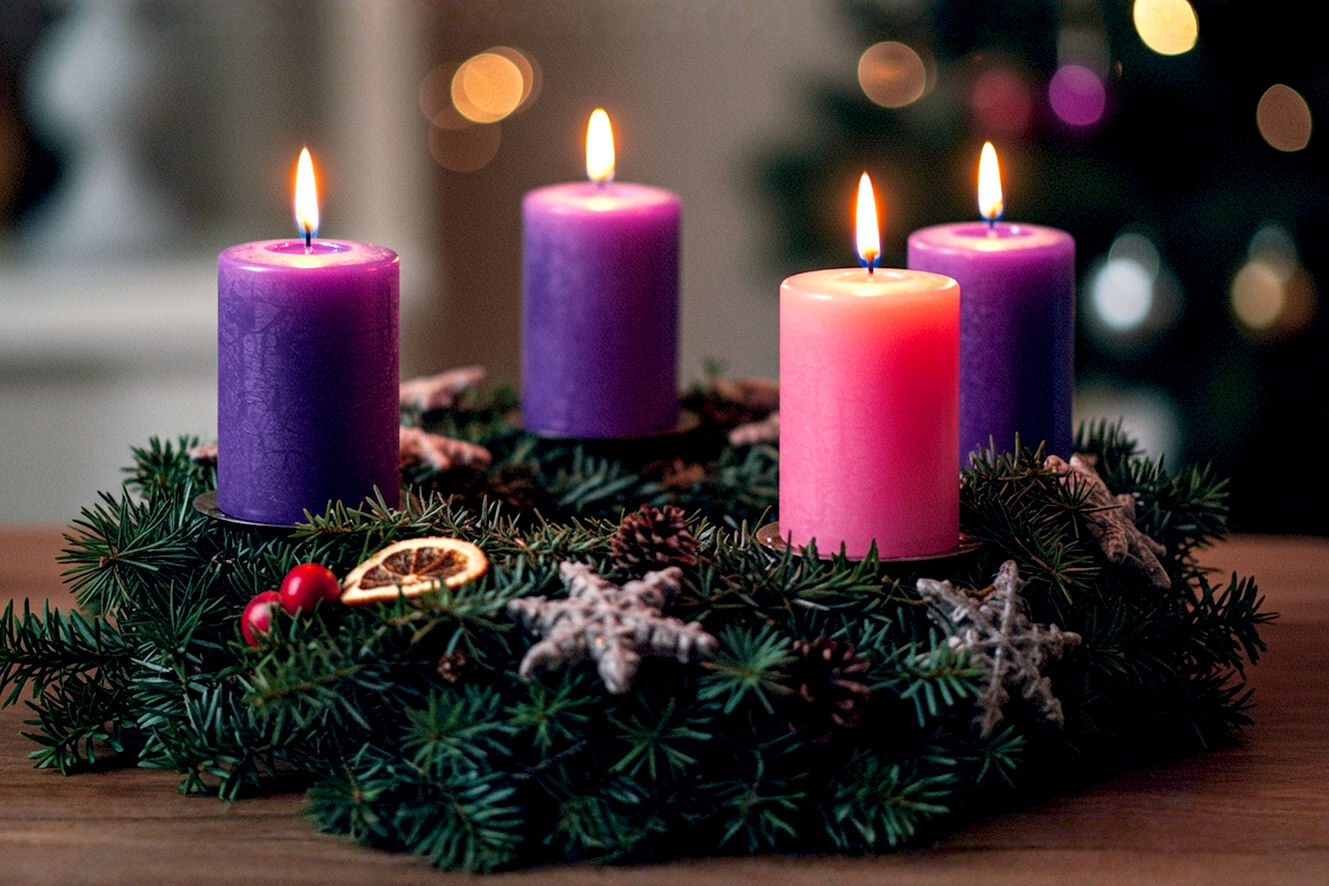This post may contain affiliate links. If you make a purchase through these links, we may earn a commission at no additional cost to you.
For many of us, the sight of a glistening bauble on a Christmas tree is one of the most enduring symbols of the holiday season. These delicate, shimmering spheres catch the light and hold a special place in our hearts, often becoming cherished family heirlooms passed down through generations. However, the story behind these ornaments is far more intricate and fascinating than you might imagine. It’s a tale that spans centuries, weaving together German craftsmanship, royal endorsement, industrial innovation, and a global marketplace.
This article will serve as the definitive guide to the history of Christmas tree baubles, exploring their humble beginnings, the pivotal technical innovations that made them possible, and the socioeconomic contexts that propelled them into a global tradition.
The Humble Beginnings: Precursors to the Modern Bauble
Before the glass bauble became a staple of Christmas, the tradition of decorating evergreen trees was already deeply rooted in history, particularly in Germany. This practice didn’t begin with manufactured goods; it started with simple, natural, and often edible items that held significant symbolic meaning.
The Origins of Christmas Tree Decoration
The concept of bringing an evergreen tree indoors and decorating it during the winter solstice has roots that predate Christianity. Ancient pagan cultures saw evergreen trees as a powerful symbol of life and renewal during the darkest part of the year. When Christianity began to spread, the tradition was adopted and repurposed, with the tree becoming a symbol of eternal life and hope.
The first documented use of decorated Christmas trees dates back to 16th-century Germany. Families would adorn their trees with a variety of readily available items. These early decorations weren’t for show; they were deeply symbolic. Apples were used to represent the Tree of Knowledge, while nuts, berries, and gingerbread were hung as signs of fertility and prosperity. Paper flowers and small, homemade paper roses were also common. These decorations were often perishable, meant to be consumed or discarded after the holiday season. The tradition was initially confined to the wealthy, who could afford the luxury of a decorated tree and the time to gather and prepare the adornments.
The Rise of Tinsel and Early Accoutrements
The desire for decorations that would sparkle and catch the light wasn’t a modern invention; it was present from the very beginning. The first form of what we now know as tinsel was created in Nuremberg, Germany, in the early 17th century. This wasn’t the lightweight plastic we see today. Instead, it was made from thin, hammered strips of genuine silver. This expensive and delicate material was hung on trees to brilliantly reflect the flickering candlelight, creating a magical, shimmering effect. The use of real silver meant that this early tinsel was a luxury item, and over time, it would tarnish. This eventually led to the use of cheaper materials like lead, which was toxic, and ultimately, the plastic varieties we have today.
Alongside tinsel, other non-glass decorations also gained popularity. Painted wooden figures, spun cotton ornaments, and intricately cut paper chains added color and texture to the trees. These decorations demonstrate a gradual evolution from simple, natural elements to more crafted, intentional ornaments. This period laid the crucial groundwork for the ultimate innovation: the creation of a durable, manufactured, and light-reflecting glass ornament.
The Birthplace of Brilliance: Lauscha, Germany
The transition from a tree decorated with natural, fragile, and often perishable items to one adorned with shimmering, long-lasting glass baubles is a story that begins and ends in one small, unassuming town: Lauscha, Germany.
The Genesis of the Glass Bauble (c. 1847)
Nestled in the Thuringian Forest, Lauscha was already a world-renowned center for glassmaking by the mid-19th century. The town’s skilled artisans were famous for producing intricate glass beads, marbles, and other small wares. It was against this backdrop of deep-seated glassblowing expertise that the modern bauble was born. While the exact historical record is a bit hazy, a glassblower named Hans Greiner is widely credited with creating the first glass baubles, or “Christbaumschmuck,” around 1847.
Legend holds that Greiner, unable to afford the traditional natural decorations, decided to use his unique skills to create new, more durable ornaments. He began blowing glass into the simple spherical shapes that were already familiar from his work. Initially, these were just clear or colored glass balls, a significant step up from apples and nuts. However, the true innovation was yet to come—a technique that would give the bauble its iconic, reflective shine.
The Secret Technique: Silvering and the Kugel
What truly transformed the simple glass sphere into the modern bauble was a revolutionary technical process known as ‘silvering.’ This technique, also developed by the skilled glassworkers of Lauscha, gave the baubles their unmistakable brilliance and shimmer.
The process involved injecting a special liquid solution into the hollow glass ball. The solution was typically a mixture of silver nitrate, sugar, and water. After being swirled around inside the ornament, the liquid was heated, causing a chemical reaction that deposited a thin, highly reflective layer of pure silver onto the inside walls of the glass. This created a stunning, mirror-like finish that brilliantly reflected any light that hit the ornament. It was a safer, more stable alternative to earlier, more dangerous methods that sometimes involved mercury.
The earliest ornaments created with this technique were called “kugels.” Kugels were heavy, thick-walled, and often a single, solid color. They came in classic shapes like spheres, teardrops, and egg shapes, but were also made in clusters of grapes or other fruit. These ornaments were a far cry from the delicate, thin-walled baubles of today. Their substantial weight and brilliant interior sheen were a testament to the specialized craftsmanship of the Lauscha artisans. This ‘silvering’ technique was the crucial operational innovation that differentiated the glass bauble from all previous forms of decoration, giving it a unique visual identity that would define the holiday for centuries to come.
A Royal Endorsement: The Bauble Goes Global
For decades, the sparkling glass baubles remained a regional German treasure. While they were a local marvel, they weren’t yet an international sensation. That all changed with a single image in a widely circulated newspaper, thanks to the influence of a powerful and beloved monarch.
Queen Victoria’s Influence
The year was 1848, and Queen Victoria, along with her German-born husband Prince Albert, were at the height of their influence. They were an aspirational family, and their traditions were often emulated by the British public. That year, a famous illustration was published in the Illustrated London News showing the royal family gathered around their Christmas tree at Windsor Castle.
The image was a sensation, but it wasn’t just the tree itself that caught the public’s attention; it was the decorations. The tree was adorned with dozens of the shimmering glass baubles, or “Christbaumschmuck,” that Prince Albert had imported from his native Germany. This single, widely distributed image served as a powerful endorsement. Overnight, the Christmas tree, decorated with these brilliant glass ornaments, became a must-have for the British elite and, subsequently, spread throughout the British Empire. This event acted as a massive catalyst, propelling the German glassblowing tradition onto the world stage and transforming it into a global cultural phenomenon.
The American Market and Mass Production
Even with the British royal endorsement, glass baubles didn’t immediately flood the American market. It took a forward-thinking American entrepreneur to bring them to the masses. Enter F.W. Woolworth, a merchant who would go on to build a retail empire. On a business trip to Germany in the 1880s, Woolworth discovered the stunning Lauscha ornaments. He was initially skeptical about selling them in his five-and-dime stores, but he took a risk and ordered a small batch. The ornaments were an instant hit, selling out in hours.
Woolworth saw the immense potential and began importing them in massive quantities, selling them for just a few pennies each. His ability to sell these previously exclusive, handcrafted items at an affordable price completely changed the economic landscape of the industry. This move democratized the Christmas bauble, making it accessible to average American families and solidifying its place as an indispensable part of the holiday season. The combination of German craftsmanship, royal endorsement, and American mass-market retailing created a perfect storm that cemented the bauble’s enduring legacy.
The Twentieth Century and Beyond: Evolution and Innovation
The 20th century brought immense change to the world, and the bauble industry was no exception. Shifting geopolitical landscapes and new technological innovations completely transformed how and where these ornaments were produced.
From German Monopoly to Global Production
The First and Second World Wars were catastrophic for the global economy, and they had a profound impact on the glass ornament industry. The conflicts severely disrupted trade routes and production in Germany, which had held a near-monopoly on the market. This forced other countries to step in and fill the demand.
The United States, in particular, became a new hub for bauble production. Companies like Corning Glass Works, which specialized in manufacturing glass for light bulbs, realized they could adapt their machinery to produce glass ornaments. This was a critical operational shift. Instead of hand-blowing each bauble, machines could now produce thousands in a single day, drastically increasing production speed and lowering costs. This new, automated method of production made baubles even more affordable and ubiquitous. Meanwhile, other European countries, notably Czechoslovakia (now the Czech Republic), also developed their own glassblowing industries, ensuring that the art of the handcrafted bauble wouldn’t be lost.
The Shift to Modern Materials
The mid-20th century also saw a significant move away from glass as the sole material for ornaments. The introduction of new plastics and other synthetic materials offered a safer, more durable, and more affordable alternative. Plastic baubles were lightweight, virtually unbreakable, and could be produced in an endless variety of shapes, colors, and textures.
While traditionalists might argue that plastic ornaments lack the distinctive weight and fragile beauty of their glass counterparts, the operational benefits are undeniable. They were a perfect solution for families with small children or pets, where shattered glass was a genuine concern. This innovation created a two-tiered market that still exists today: the mass market for affordable, durable plastic baubles and the niche market for high-end, artisan-made glass ornaments that are still produced using traditional hand-blowing techniques.
The Modern Bauble: Personalization, Theming, and Artisanal Craft
Today, the bauble market is more diverse and dynamic than ever before. While the classic spherical shape remains a favorite, modern trends have embraced a wide array of new ideas and technologies.
There has been a huge rise in personalized ornaments, which can be custom-engraved or hand-painted with names, dates, or other meaningful information. Theming has also become a major driver of the market. You can now find baubles shaped like everything from video game characters and superheroes to intricate food items and miniature landmarks. This move toward personalization and specific themes transforms the bauble from a generic decoration into a vehicle for individual expression and storytelling.
Alongside these mass-market trends, there has also been a resurgence of interest in artisanal craftsmanship. People are increasingly seeking out high-quality, hand-blown and hand-painted ornaments from independent artists or smaller companies that specialize in traditional techniques. This return to craftsmanship reflects a cultural appreciation for unique, meaningful, and long-lasting items, a sentiment that echoes the very origins of the first glass baubles in Lauscha.
The Bauble’s Enduring Legacy: A Symbol of History and Tradition
The journey of the Christmas bauble is a remarkable story of how a simple, fragile object can come to represent so much. Its history is a mirror of broader societal and economic trends, from early craftsmanship to global commercialization.
The Unseen Work: The Art of the Craftsman
While machines now churn out millions of baubles each year, the heart of the tradition still lies with the dedicated artisans who continue to practice the ancient craft. These skilled individuals, often in places like Lauscha or the Czech Republic, perform a dance with fire and glass, blowing molten glass into delicate shapes, silvering the interiors, and meticulously painting intricate designs by hand. This work is not just about making a product; it’s about preserving a cultural heritage and a specialized skill set. The dedication and passion of these craftspeople ensure that the magic of the original, handcrafted bauble lives on.
The Broader Societal Context: Economics and Emotion
The Christmas bauble’s journey is a microcosm of industrial history. It began as an expensive, handcrafted luxury item, became a widely accessible consumer good thanks to mass production and smart marketing, and has since evolved into both a mass-market commodity and a high-end collector’s item. The bauble’s economic history is tied to technological innovation, shifts in retail, and the rise of consumer culture.
But the bauble is much more than an economic product. It is a powerful symbol of memory, tradition, and family. It is a small object that can hold a lifetime of stories—stories of holidays past, of loved ones who are no longer with us, and of new traditions being created. Its journey from a German glassblower’s workshop to trees all around the world is a testament to the universal human desire for beauty, light, and shared moments of joy.

